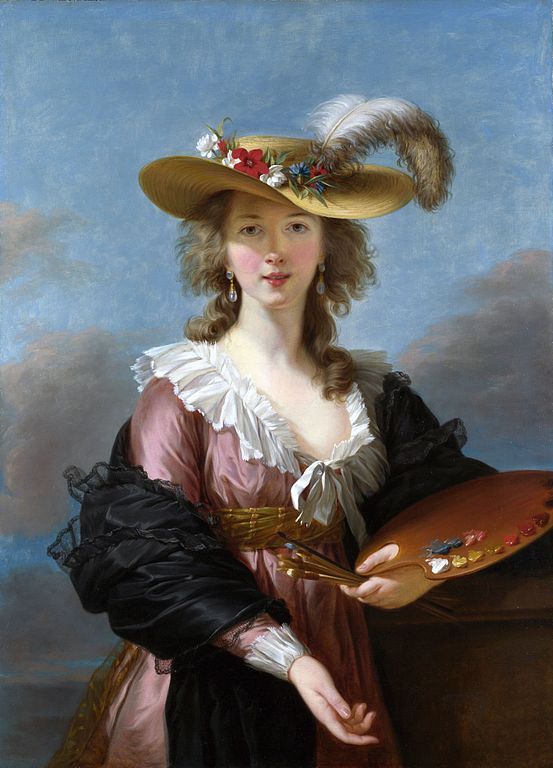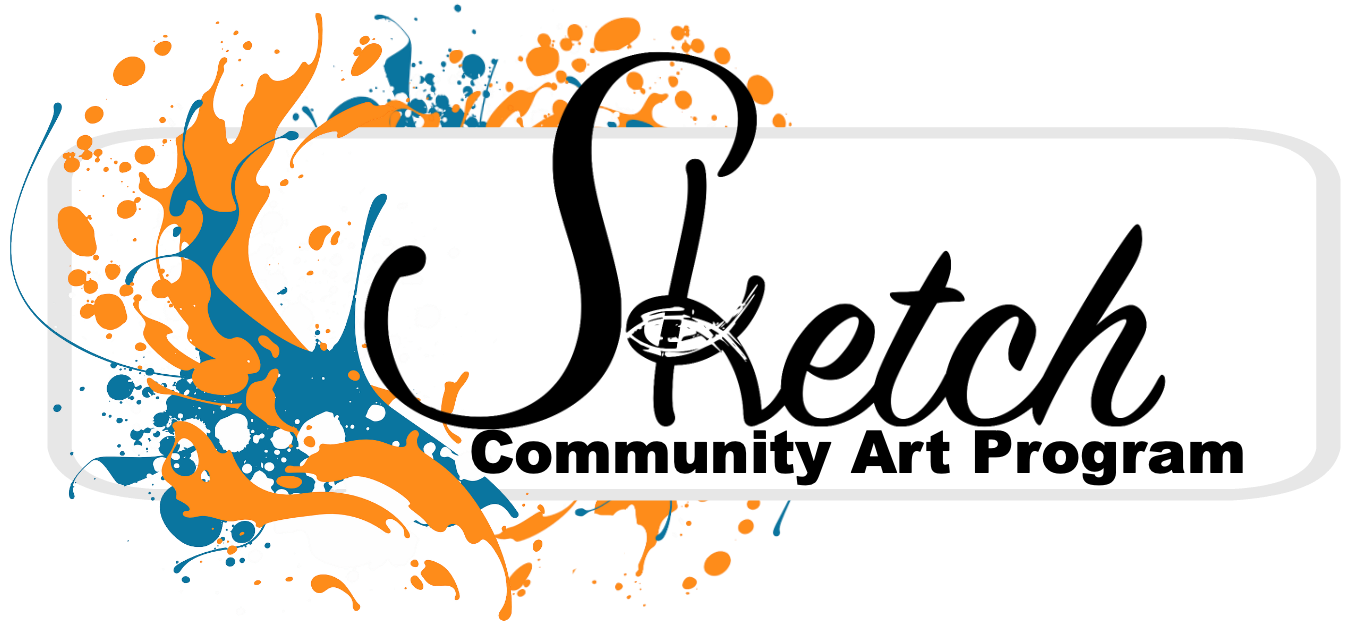
 |
| Self Portrait in a Straw Hat Elisabeth Vigee LeBrun after 1782 Oil on Canvas National Gallery, London |
Welcome to the 7th season of SKETCH! Can you believe that the summer has already come and gone? I love the restful pace of long days, but I have to say that I really crave the structure of fall and I’m really looking forward to getting started with our lessons again.
Thank you in advance for your patience during our first meeting of the year. Supply distribution, late arrivals due to mistaken directions, finding places to sit as a group, introductory information: all of this takes time. Rest assured that we will get a full lesson in, even if it doesn’t look organized at first.
You may choose any table you’d like to work at. My only request is that you please avoid skipping single seats. We generally use every chair on the first week, and I work hard to ensure that families can sit together. There is a bit more space as the year goes on (and flu season hits) so the close quarters is only temporary.
You can then pick up any materials that you ordered. It is essential that you check your order for accuracy. I will include a copy of your order form and will note if anything is backordered. Please let me know asap if there are materials that you are missing.
Artist Exercise Pages
Each exercise page contains a short biograhical note about our featured artist, an image of the artist’s work which can be colored in, and some exercises that will help get your student ready for our upcoming project. These are designed to be done while you wait for class to begin, or to keep fingers busy during the art history portion of class. It has been scientifically proven that doodling enhances both focus memory, so I encourage students to be as creative as they’d like with these pages. Scribbling in the corners isn’t making a mess, and it isn’t disrespectful to the speaker – it is helping them learn, and that is our goal.
If you wish to create a portfolio of the work your child does throughout the year you can simply save these artist pages and attach either a photograph of your child’s corresponding artwork or the original.
Picture Study
I suggest that you place the assigned image where your child will see it often. Personally, I like to hang prints beside the children’s bathroom mirror where they can look at it while brushing their teeth. This may seem a bit irreverent, but really, where else will they have time to simply gaze at a picture several times every single day? Other options include sliding it inside the front cover of the child’s favorite school binder, posting it on the refrigerator with magnets, or using it as the screen saver on your computer.
Elisabeth Louise Vigee Le Brun
 |
| Marie Antoinette and Her Children Elisabeth Vigee LeBrun 1787 Oil on Canvas Palace of Versailles, France |
In honor of Marie Antoinette’s famous MIS-quote “let them eat cake,” this month we will be learning about the ancient art of quilling as we create a gift for the volunteers of the NH foodbank.
Supplies
In order to complete this month’s project each student will need to bring to class:
- Acid free construction paper 12×18″ assorted colors – 2-3 sheets per student cut into 1/4-1/2 inch strips (a paper shredder works well for this process) and an additional sheet or two uncut.
- Elmer’s white glue 4oz, can be shared
- Scissors – 1 per student
- toothpicks- 2 per student
- popsicle sticks – 2 per student
- straws – 2 per student
- slotted quilling tool – 1 per student (this tool is not essential, but it will make the process much easier, especially for younger students)
- Crayola supertip markers – set of 10 – can be shared
- Case large enough to hold all of your supplies
- 14×20” cardboard folder to protect artwork
- Small package of baby wipes or paper towels
- glue stick
See you at 6:30 on Friday, September 16th!
Sheryl G.
